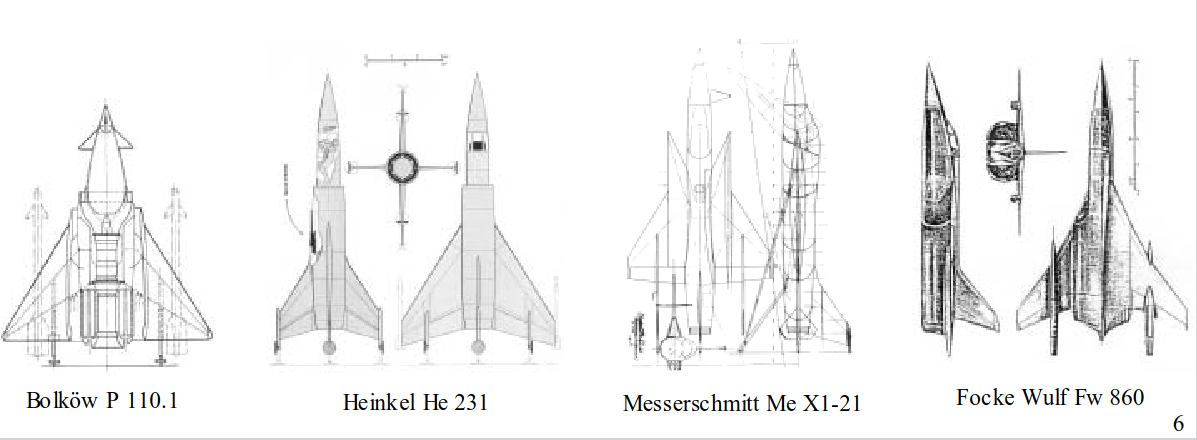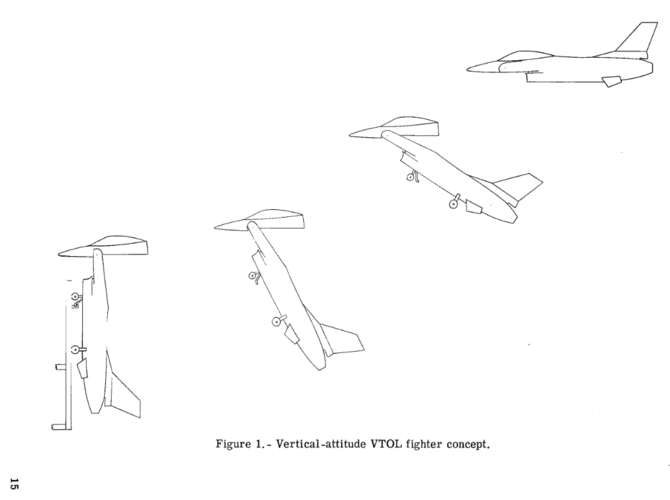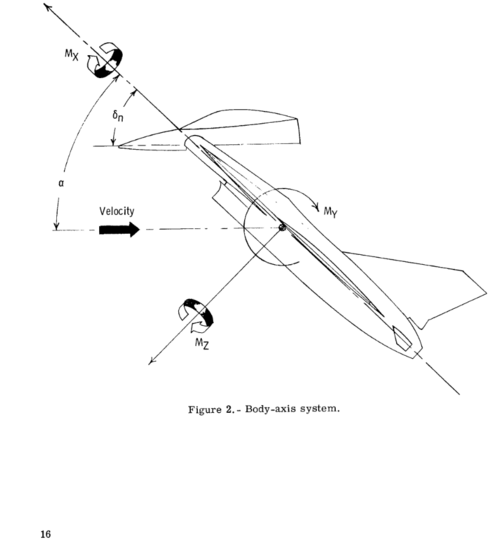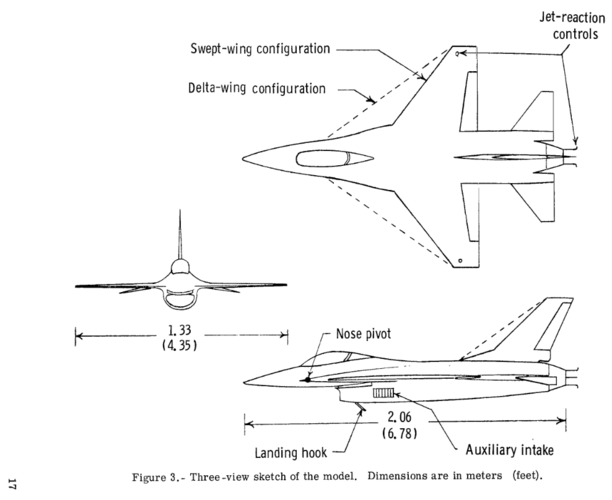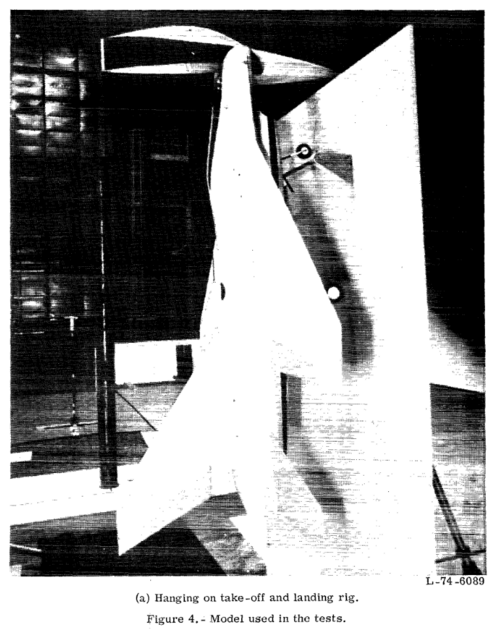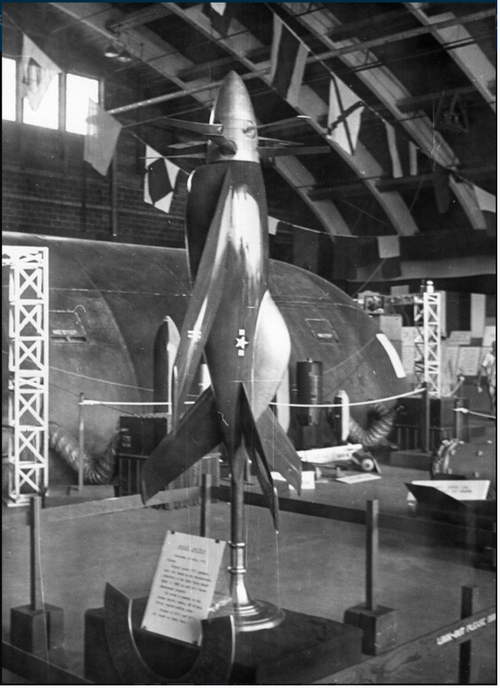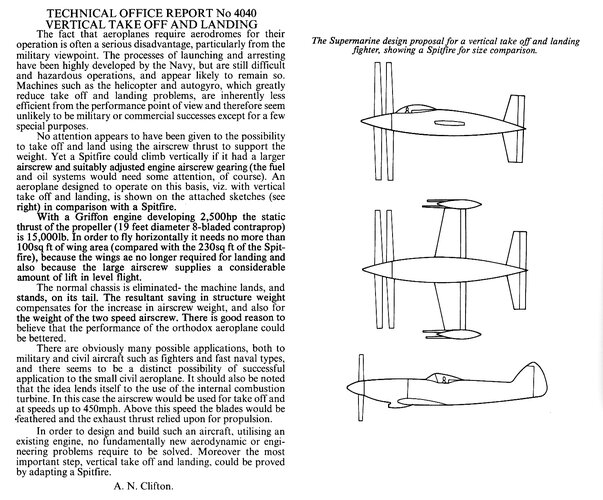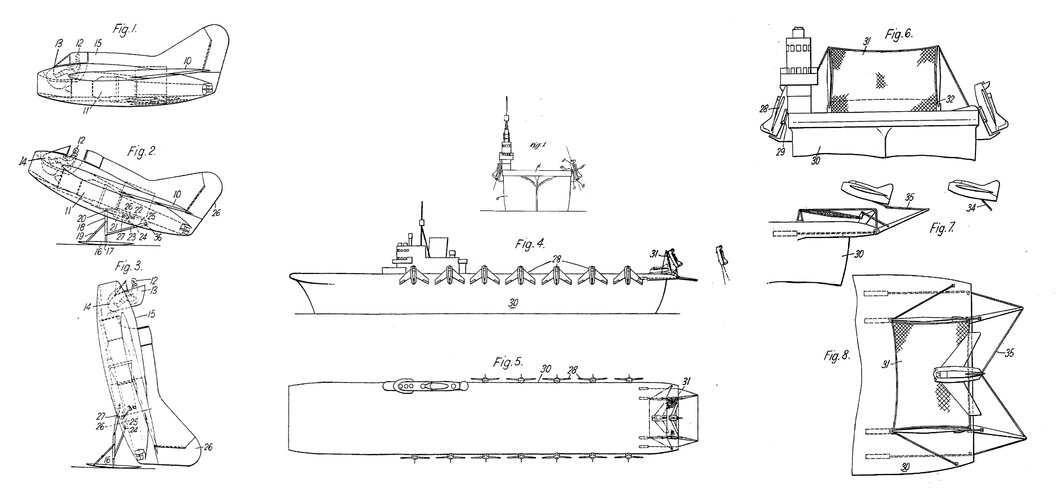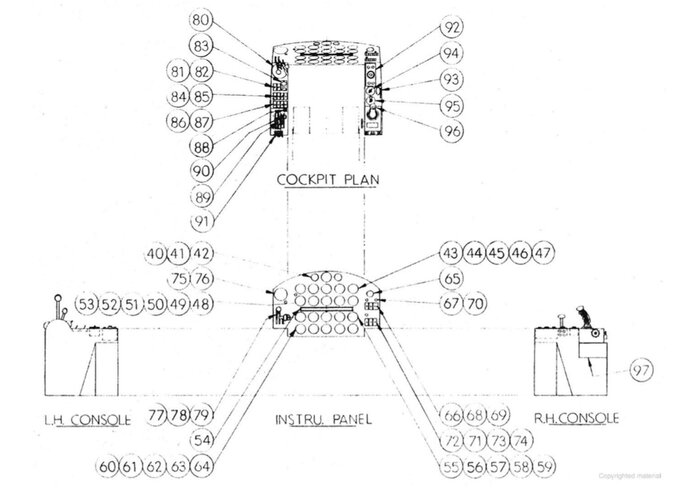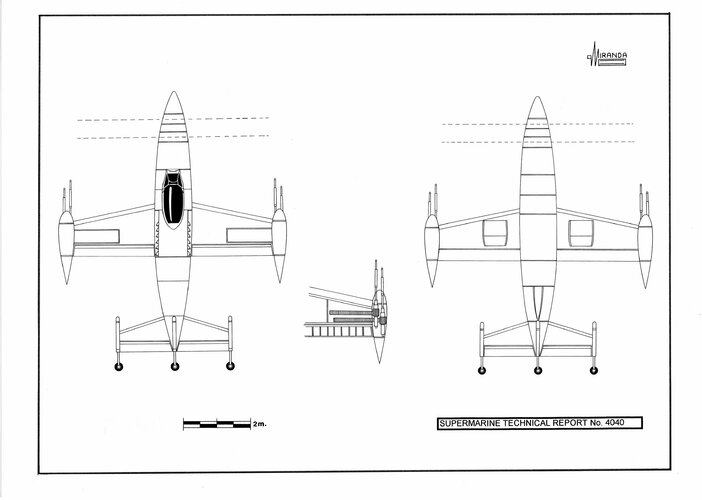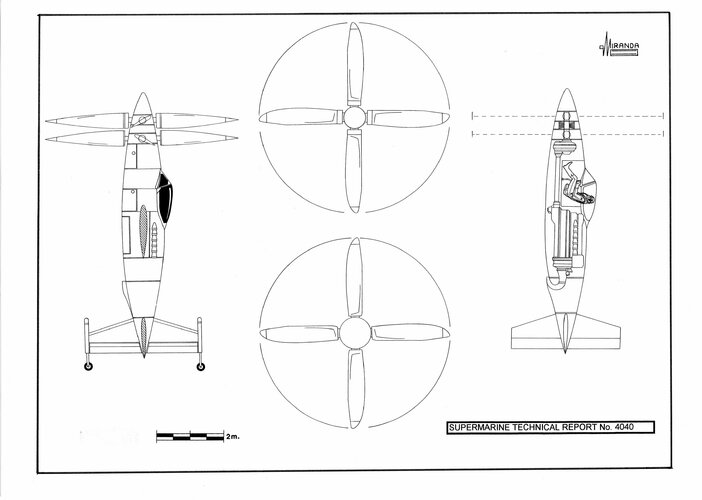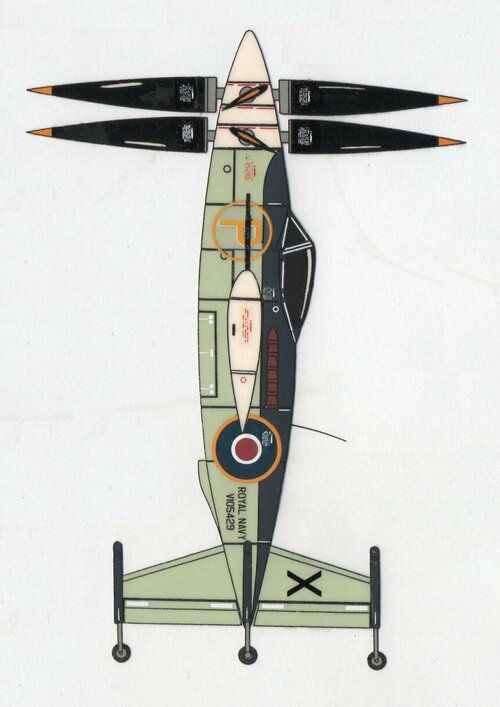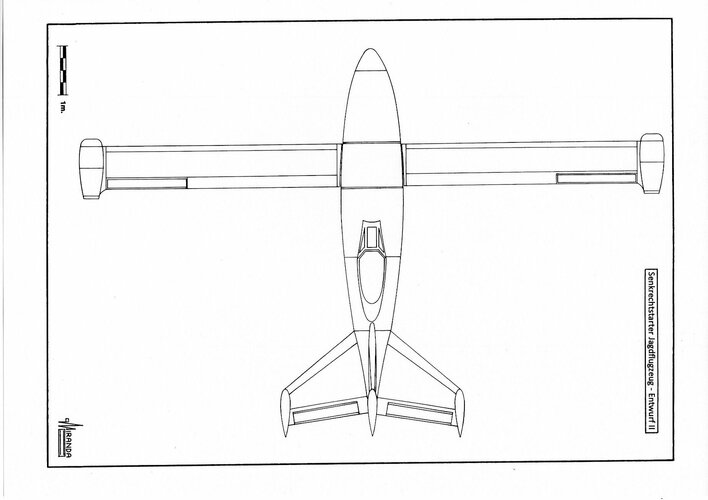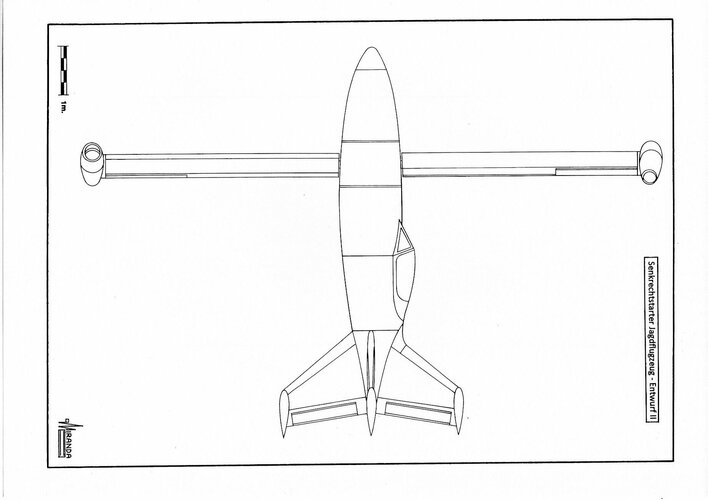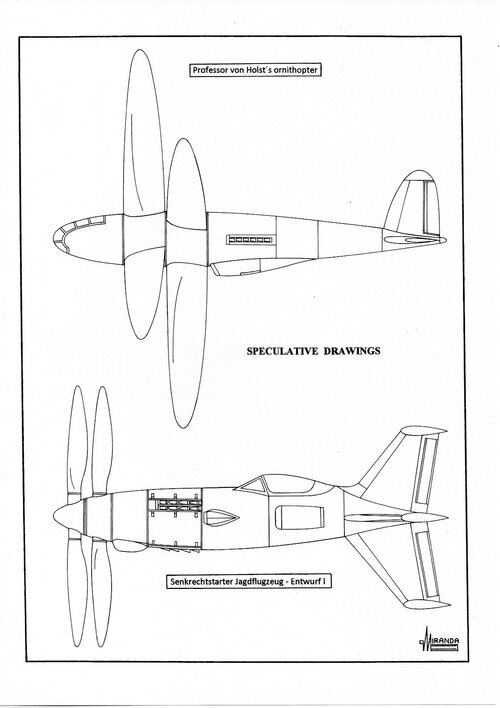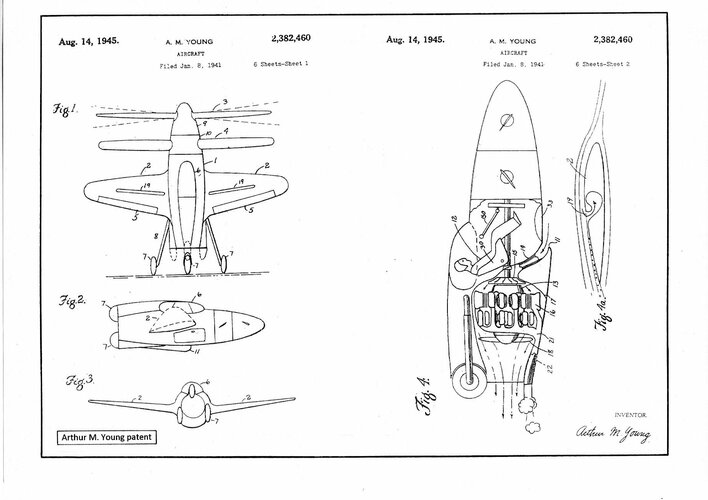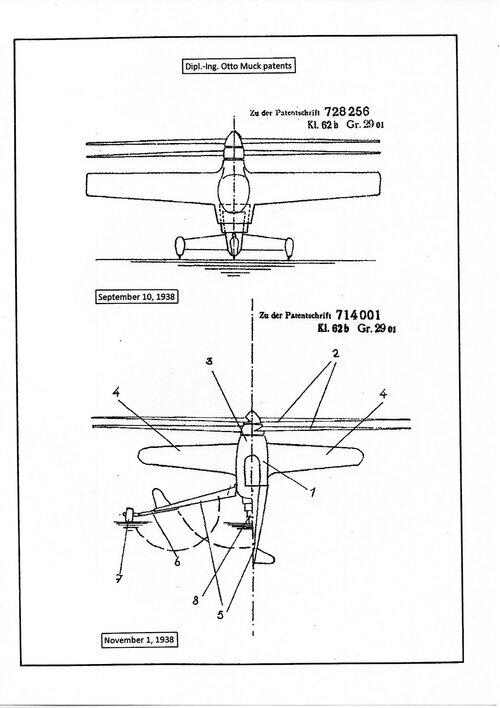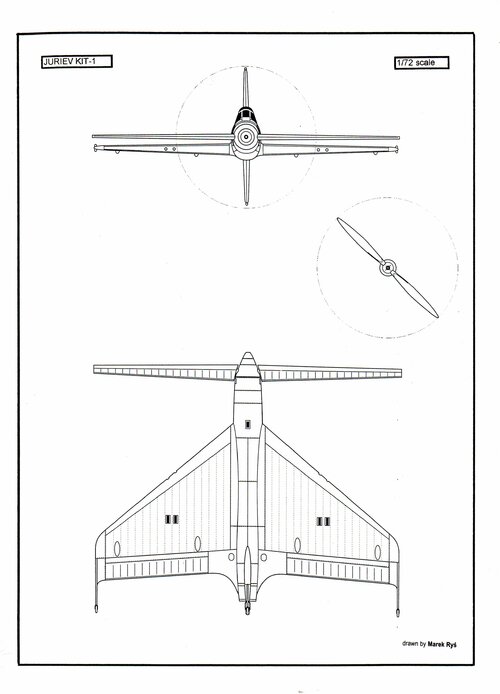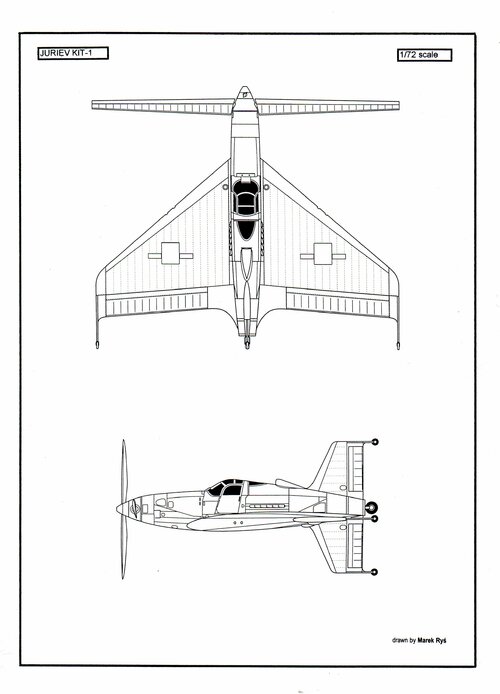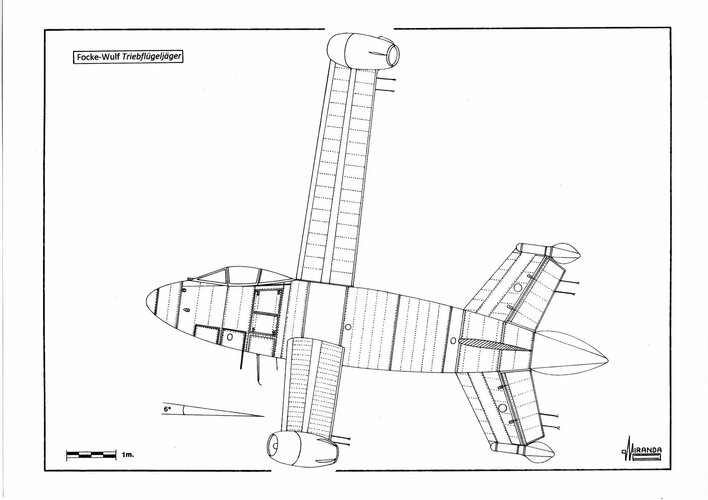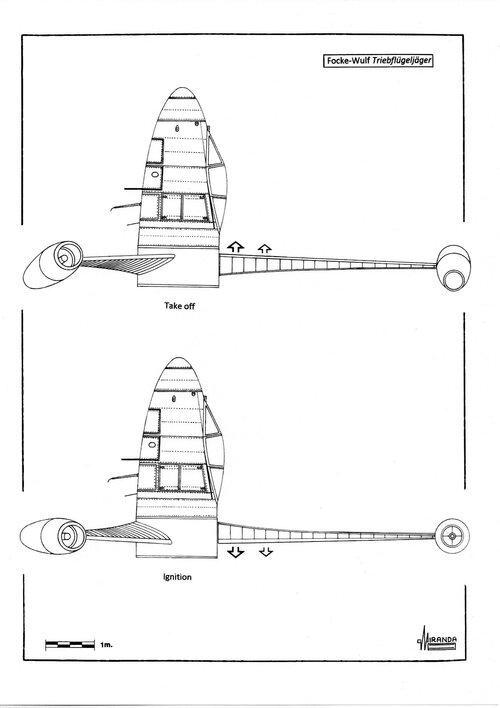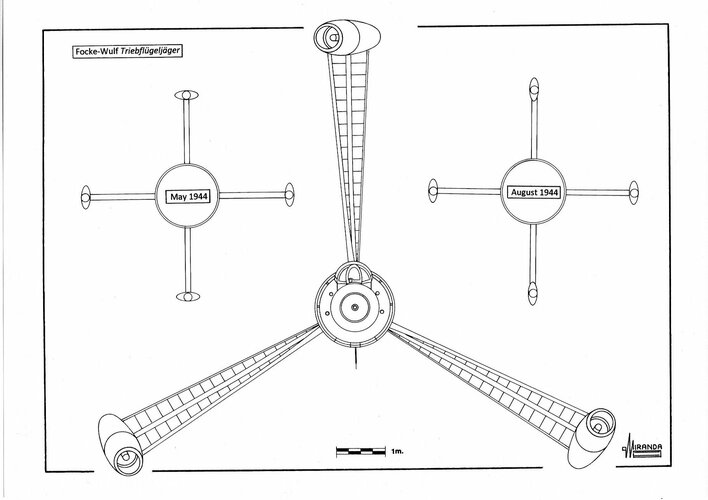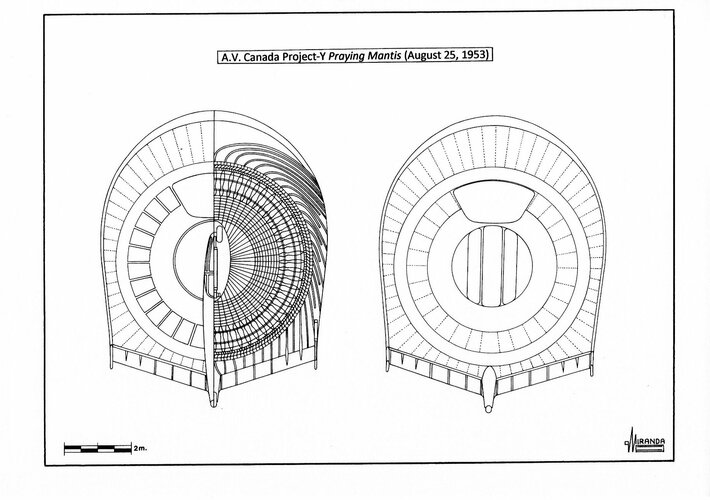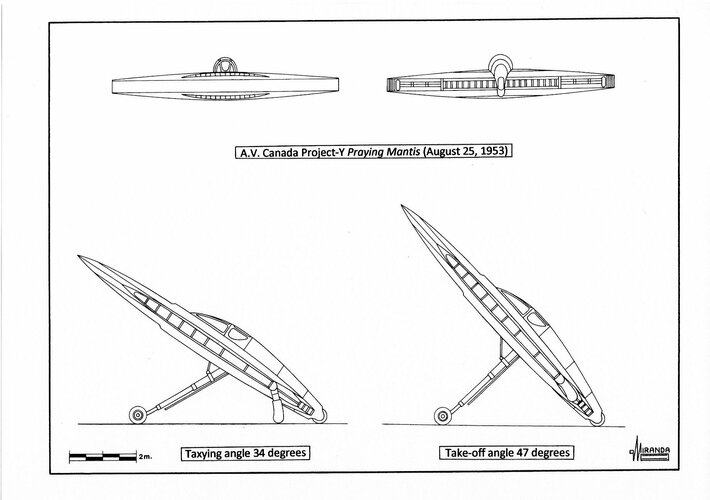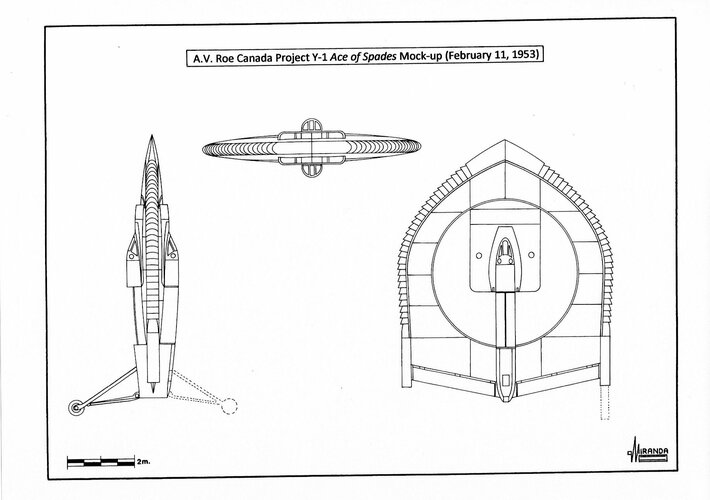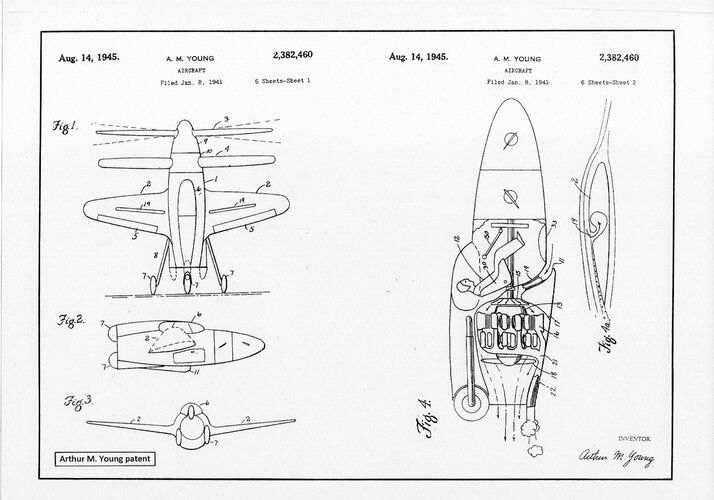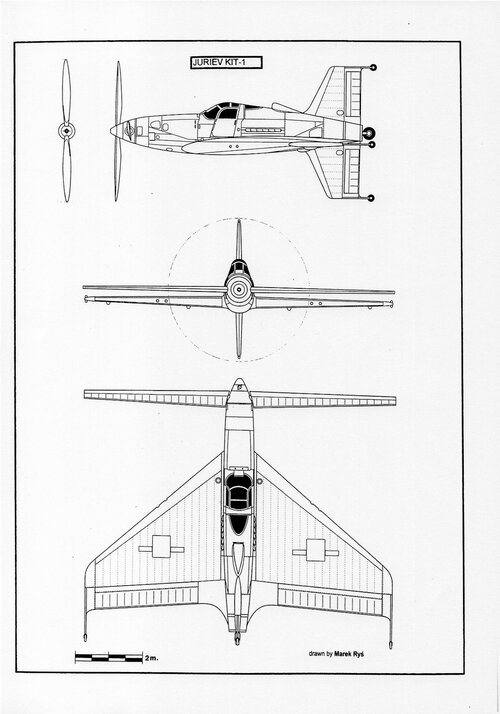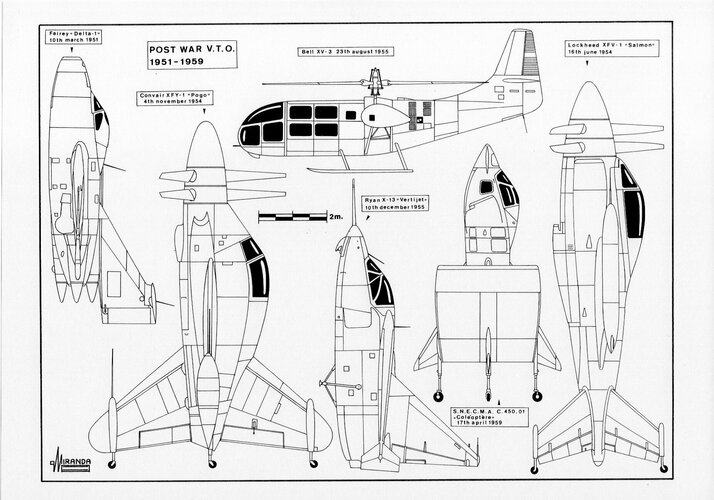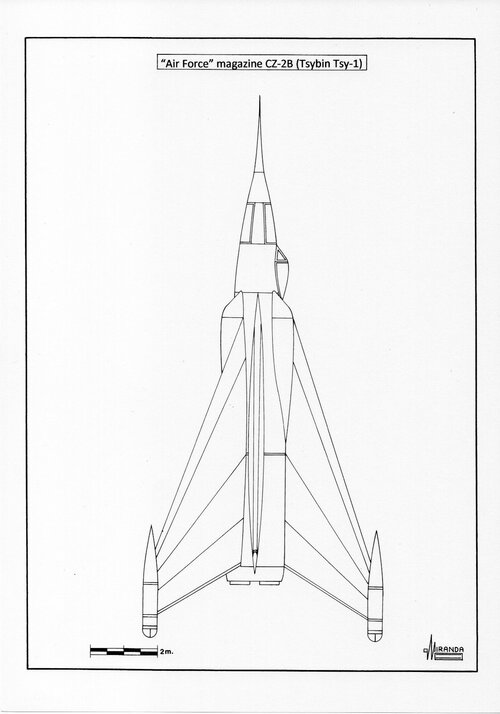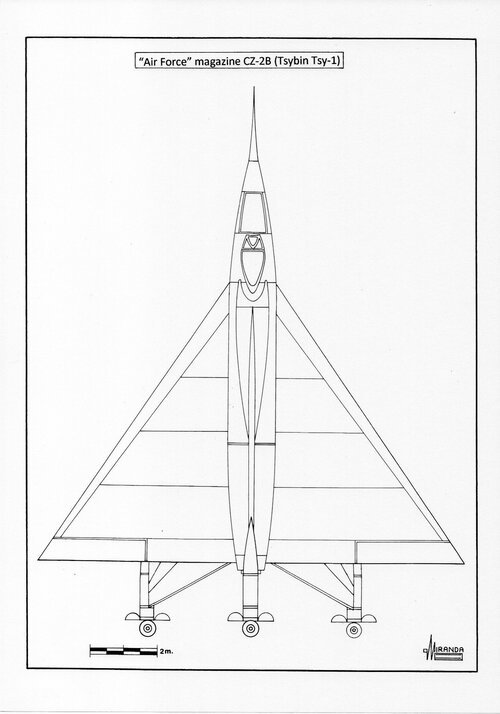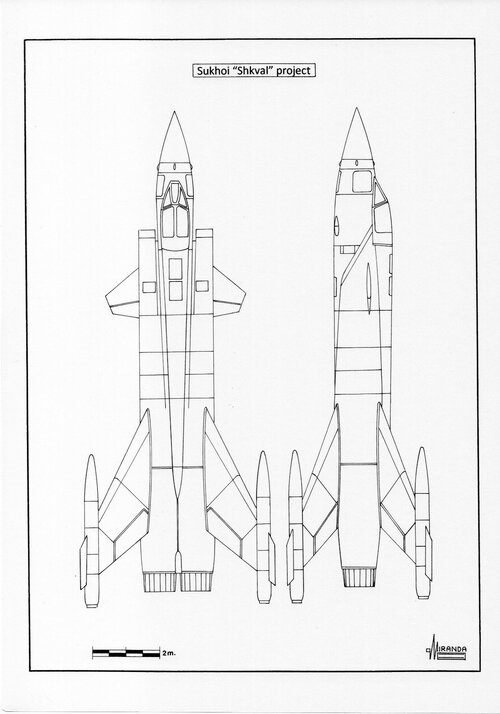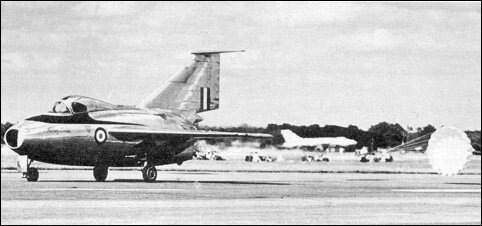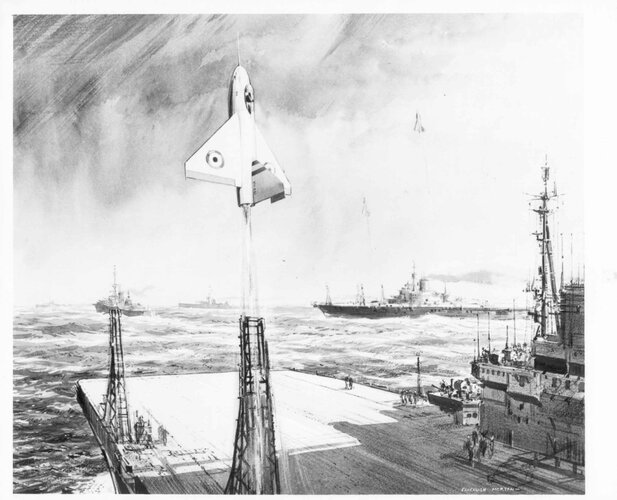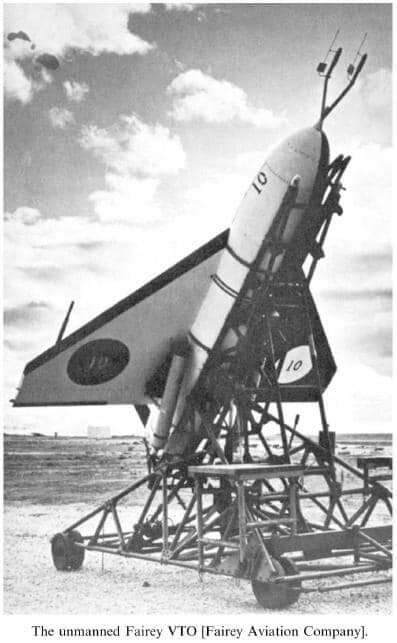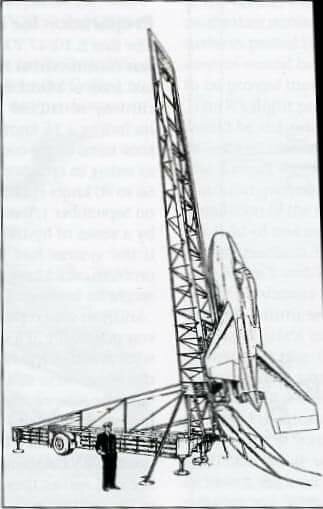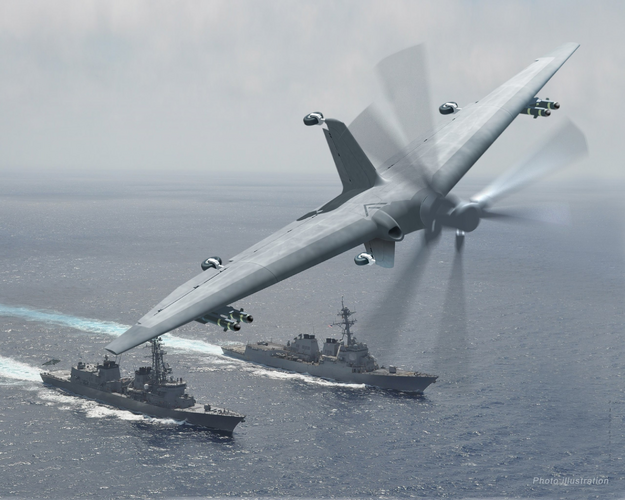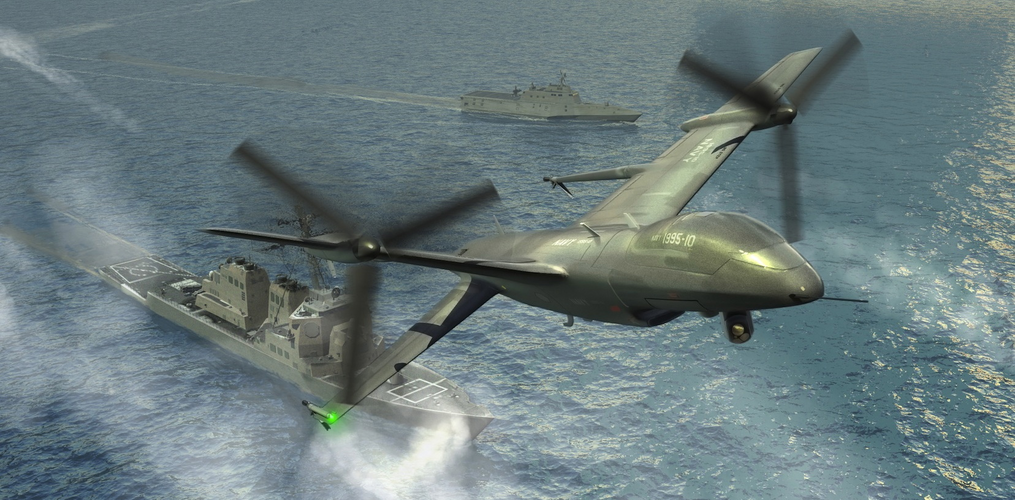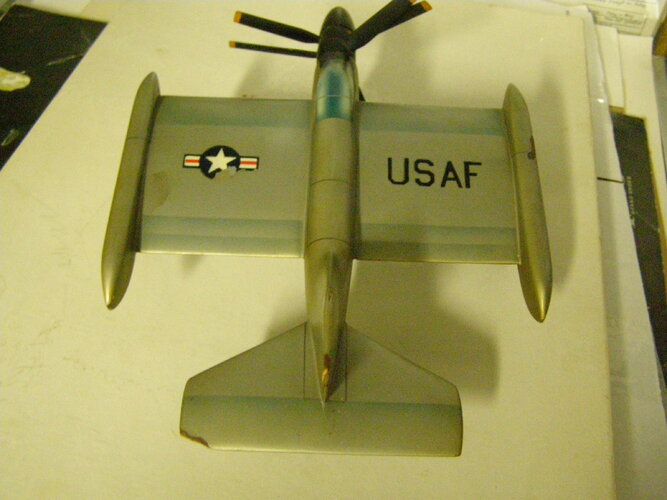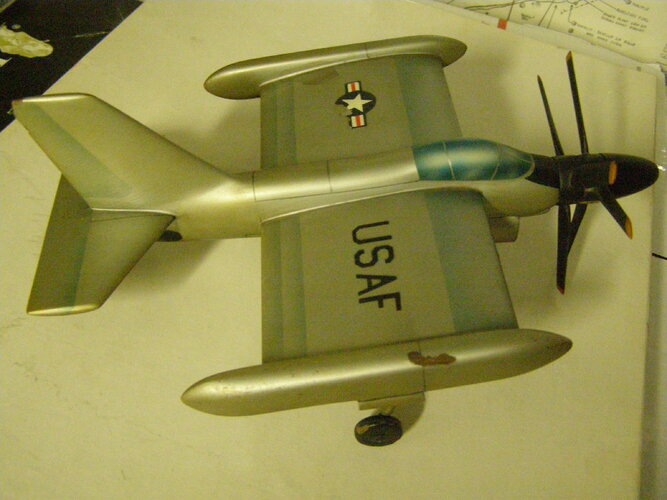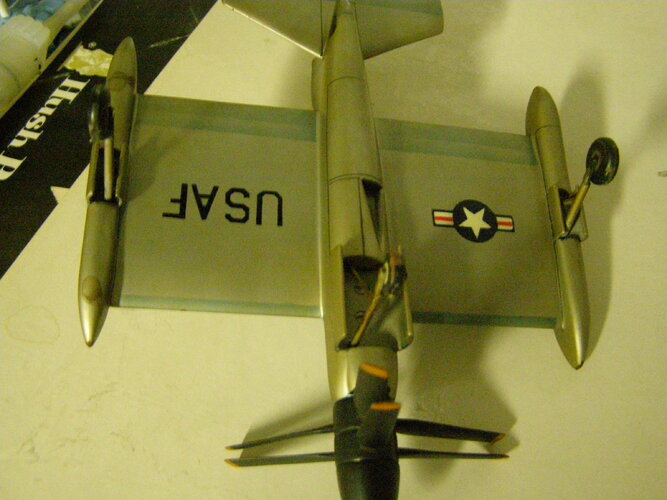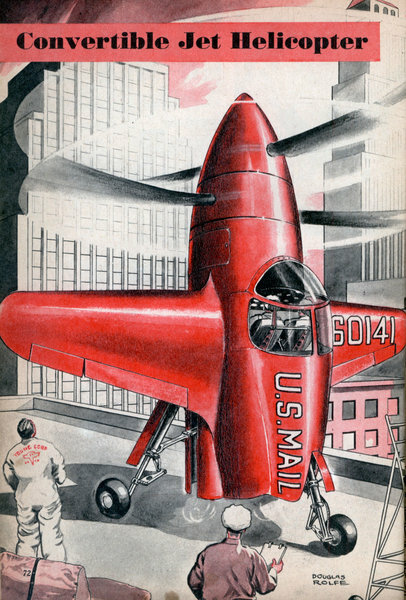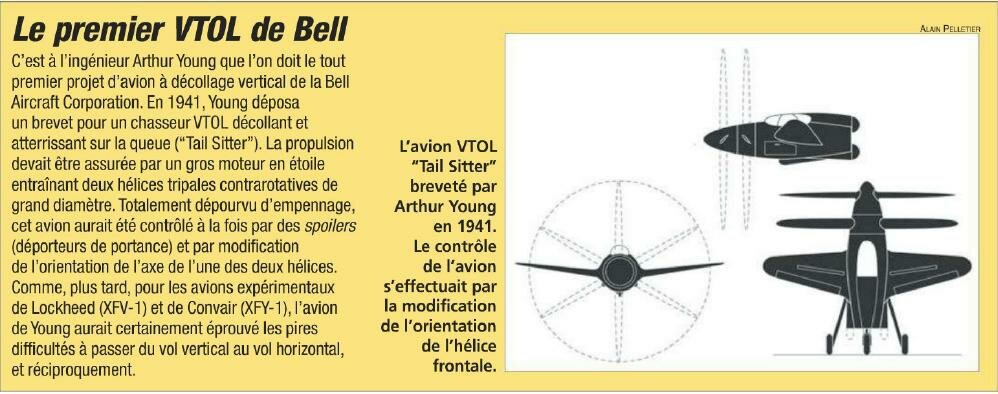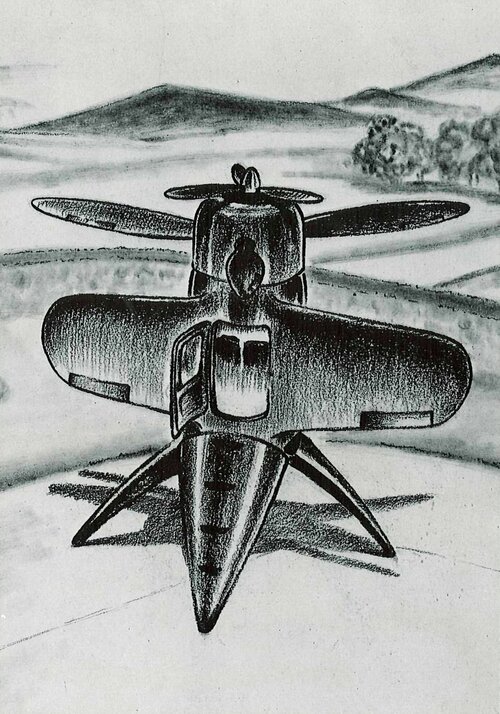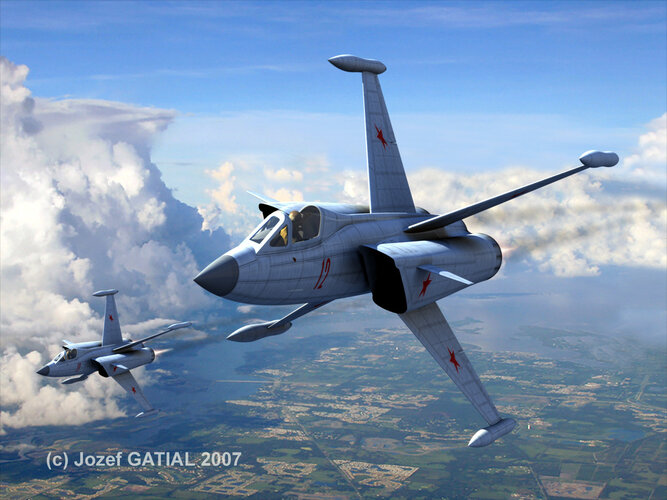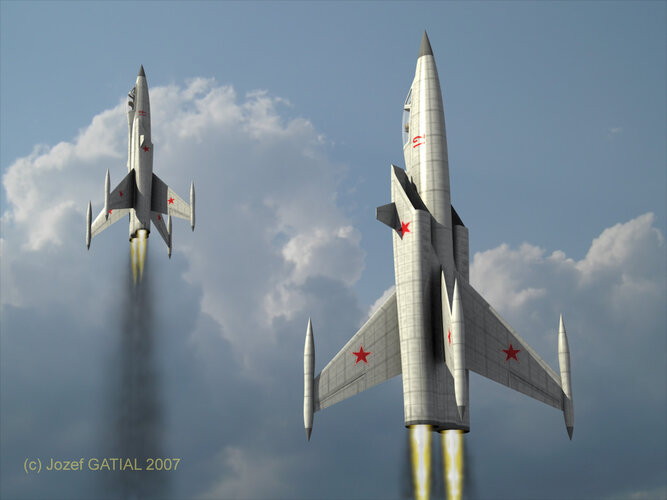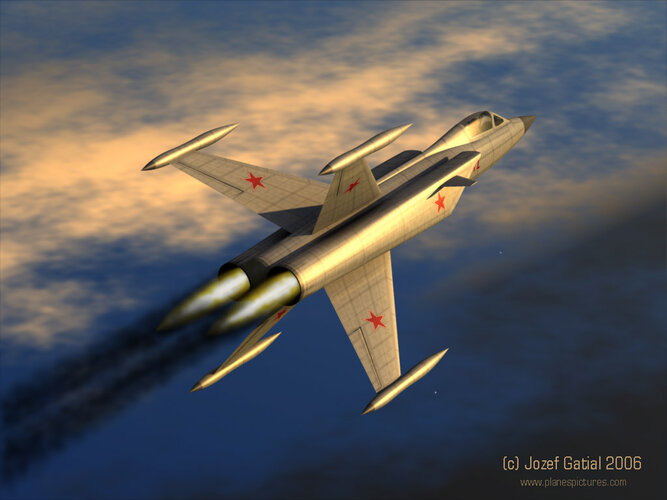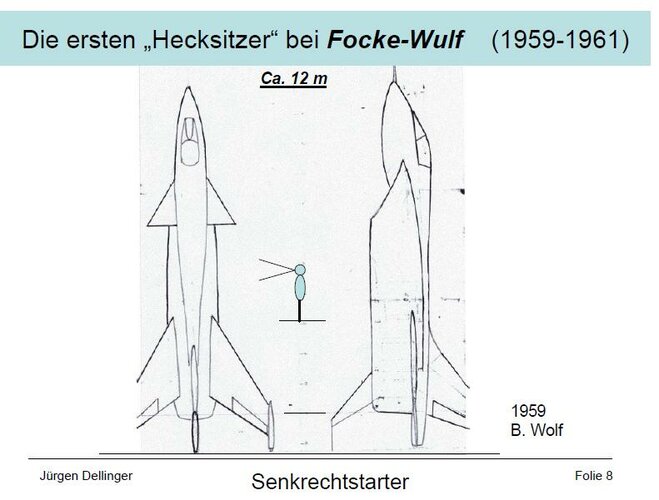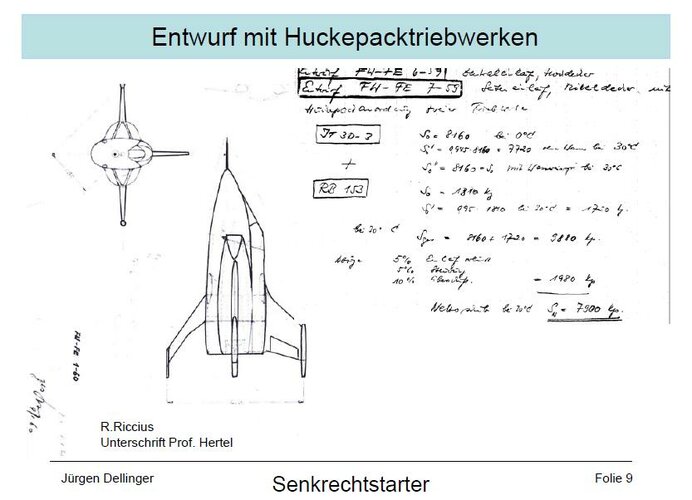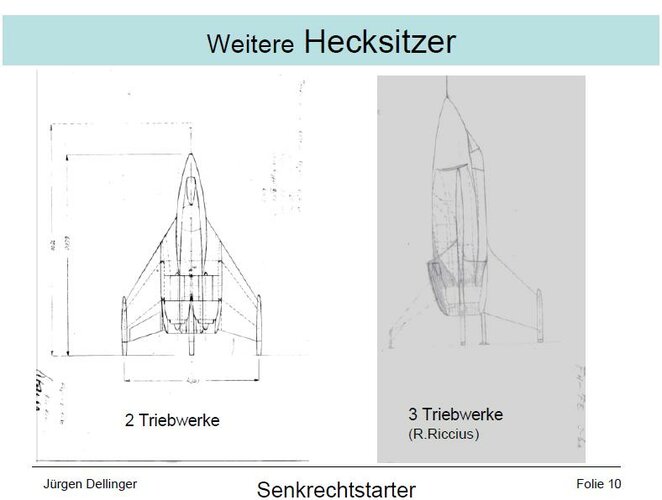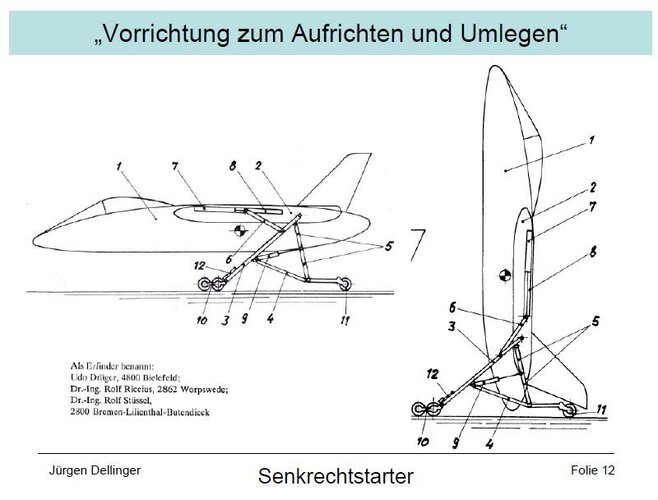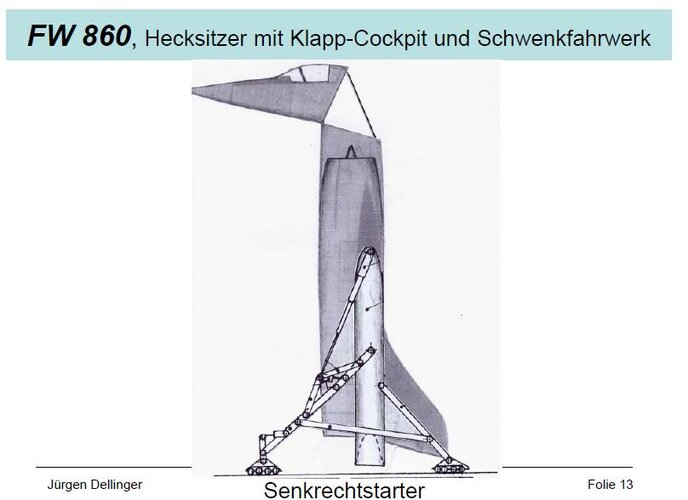You are using an out of date browser. It may not display this or other websites correctly.
You should upgrade or use an alternative browser.
You should upgrade or use an alternative browser.
Tailsitters
- Thread starter Tim52413
- Start date
- Joined
- 19 July 2016
- Messages
- 3,730
- Reaction score
- 2,699
Other than which porjects you mean?
You need to be a bit more specific mate.
You need to be a bit more specific mate.
My bad. It needs to be supplemented.Other than which porjects you mean?
You need to be a bit more specific mate.
I fixed it.Other than which porjects you mean?
You need to be a bit more specific mate.
- Joined
- 19 July 2016
- Messages
- 3,730
- Reaction score
- 2,699
Mate, the cat sat right in front of me for about an hour while I tried to work out what I had missed. Feed the bleepin' cat never crossed my mind. Well she got the message across in the end.....
- Joined
- 6 November 2010
- Messages
- 4,228
- Reaction score
- 3,170
Some are shown in the introduction of American Interceptor - US Navy Convoy Fighter projects by Jared Zichek, Tempest Books (Mortons) 2022:
- 1929 Remmen Helicopter Plane, concept
- 1933 Gamby Vertigo Plane Model A, concept
- 1939 Leonard 1,000 horsepower Helicopter-Type Aircraft, two proposals
- 1940 Barling aircraft patent
- 1941 Bell aircraft patent
Chapter 8 of American Interceptor shows
- 1955 Convair VTO Observation Airplane study, likely intended for the US Air Force
- 1955 Convair VTO Observation Aircraft studies, three variants, intended for the US Army
- early 1950s Lockheed L203-3, L203-5 Liaison studies
- early 1950s Lockheed L203-7 vertically rising assault transport study, crew and 24 troops
- early 1950s Lockheed L210-10 Ground Attack Aircraft study
WW2 German projects:
- 1944 Heinkel Lerche
- 1944 Focke-Wulf Triebflügel
Post-war German projects:
- Bölkow P 110.1
- Heinkel He 231
- Messerschmitt Me X1-21
- Focke-Wulf Fw 860
German post-wartail-sitters image from https://www.robertcmason.com/textdocs/GermanVSTOLFighters.pdf
Images of F-16 tail-sitter from 1975 NASA Technical Note NASA TN-D8054 FREE-FLIGHT MODEL INVESTIGATION OF A VERTICAL-ATTITUDE VTOL FIGHTER
 ntrs.nasa.gov
ntrs.nasa.gov
List of tail-sitters on wiki
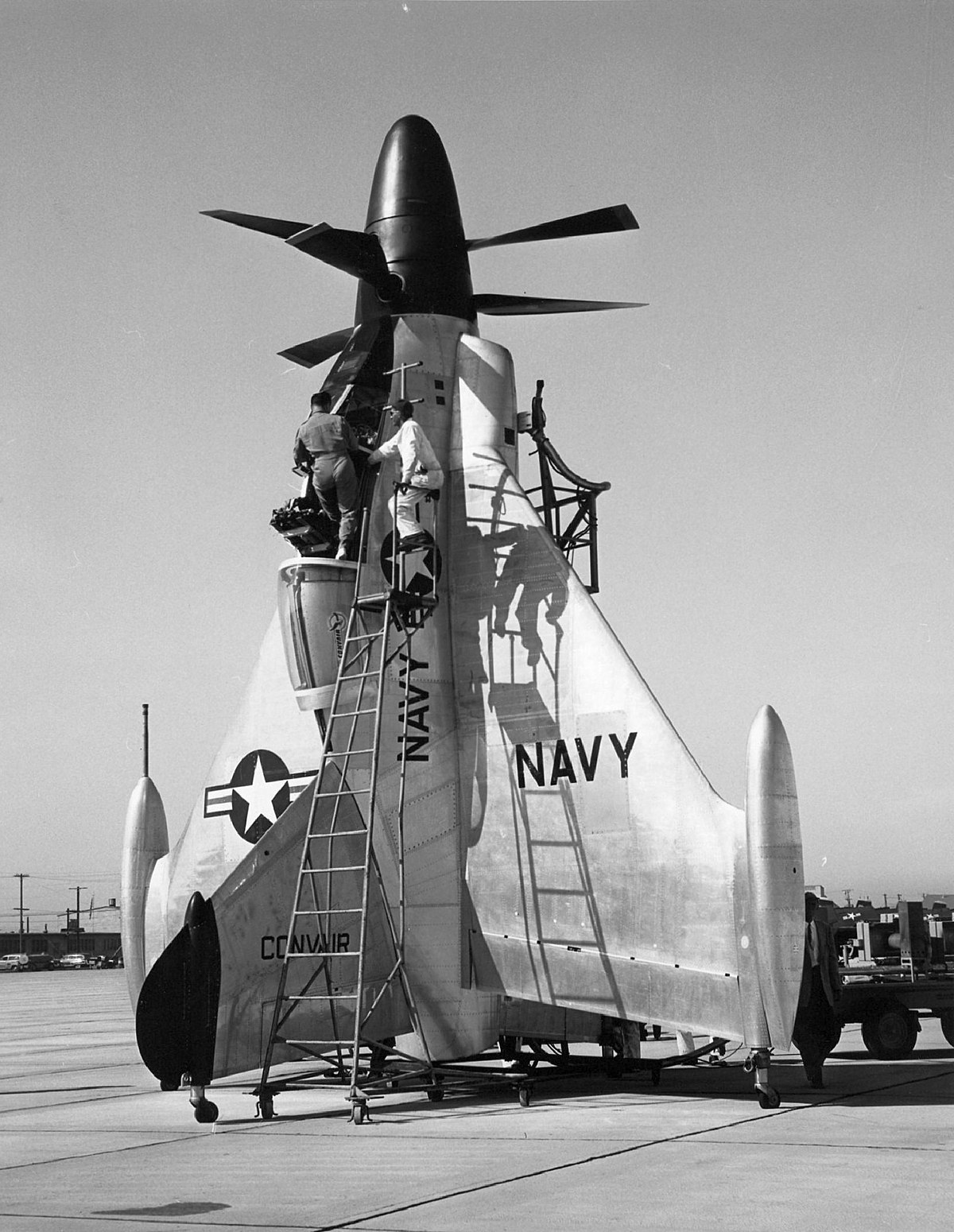
 en.wikipedia.org
Following source-links on wiki can be very, very worthwhile.
en.wikipedia.org
Following source-links on wiki can be very, very worthwhile.
- 1929 Remmen Helicopter Plane, concept
- 1933 Gamby Vertigo Plane Model A, concept
- 1939 Leonard 1,000 horsepower Helicopter-Type Aircraft, two proposals
- 1940 Barling aircraft patent
- 1941 Bell aircraft patent
Chapter 8 of American Interceptor shows
- 1955 Convair VTO Observation Airplane study, likely intended for the US Air Force
- 1955 Convair VTO Observation Aircraft studies, three variants, intended for the US Army
- early 1950s Lockheed L203-3, L203-5 Liaison studies
- early 1950s Lockheed L203-7 vertically rising assault transport study, crew and 24 troops
- early 1950s Lockheed L210-10 Ground Attack Aircraft study
WW2 German projects:
- 1944 Heinkel Lerche
- 1944 Focke-Wulf Triebflügel
Post-war German projects:
- Bölkow P 110.1
- Heinkel He 231
- Messerschmitt Me X1-21
- Focke-Wulf Fw 860
German post-wartail-sitters image from https://www.robertcmason.com/textdocs/GermanVSTOLFighters.pdf
Images of F-16 tail-sitter from 1975 NASA Technical Note NASA TN-D8054 FREE-FLIGHT MODEL INVESTIGATION OF A VERTICAL-ATTITUDE VTOL FIGHTER
Free-flight model investigation of a vertical-attitude VTOL fighter - NASA Technical Reports Server (NTRS)
Tests were made in the Langley full-scale tunnel and included a study of the stability and control characteristics of delta- and swept-wing configurations from hovering through the transition to normal forward flight. Static force tests were also conducted to aid in the analysis of the flight...
List of tail-sitters on wiki

Tail-sitter - Wikipedia
Attachments
Dilandu
I'm dissatisfied, which means, I exist.
Just a weird idea; did anyone try a jet tail-sitter with forward placement of the engines? I.e. in "towing" configuration - for example, on side pylons? So the center of gravity would be displaced, and while landing, the plane would be reasonably stable "hanging" on forward-placed engines.
Last edited:
- Joined
- 26 May 2006
- Messages
- 32,695
- Reaction score
- 11,955
- Joined
- 19 October 2012
- Messages
- 1,917
- Reaction score
- 1,766
Well, you could consider the concept patented by Fairey in 1952, plus, maybe, the rough sketch that Alan Clifton attached to his brief Technical Office Report 4040. Neither were much more than notional ideas.
Attachments
- Joined
- 1 May 2007
- Messages
- 2,460
- Reaction score
- 1,453
Just a weird idea; did anyone try a jet tail-sitter with forward placement of the engines? I.e. in "towing" configuration - for example, on side pylons? So the center of gravity would be displaced, and while landing, the plane would be reasonably stable "hanging" on forward-placed engines.
cheers,
Robin.
F.L.
ACCESS: Top Secret
The aircraft carrier concept is interesting, but is it a special concept or a idea of conversion from an existing ship ?Well, you could consider the concept patented by Fairey in 1952, plus, maybe, the rough sketch that Alan Clifton attached to his brief Technical Office Report 4040. Neither were much more than notional ideas.
southwestforests
ACCESS: Secret
- Joined
- 28 June 2012
- Messages
- 435
- Reaction score
- 561
Fail one engine then get back to us when you have sorted out landing with asymmetric thrust.Just a weird idea; did anyone try a jet tail-sitter with forward placement of the engines? I.e. in "towing" configuration - for example, on side pylons?
And ...
Max Valier published a rocket plane of that configuration in the 1920s; and science eventually showed that was an impractical/inefficient configuration.
Can be seen here, http://fly.historicwings.com/2018/03/by-rocket-plane-across-the-atlantic/
- Joined
- 19 October 2012
- Messages
- 1,917
- Reaction score
- 1,766
The patent is for the features of the aircraft, take-off and recovery and makes no comment regarding the ship.The aircraft carrier concept is interesting, but is it a special concept or a idea of conversion from an existing ship ?
I repeat my question. I found such an illustration in "Goodyear GA-28A/B Convoy Fighter: The Naval VTOL Turboprop Tailsitter Project of 1950" by Jared A. Zichek. Do you have a list that should have been attached to this illustration? I would be very grateful if I could read this list.
Attachments
On February 26, 1944, Supermarine published Technical Office Report No. 4040 with the description of a VTOL tailsitter fighter designed by A. N. Clifton. It was a single-seat high-performance fighter designed to protect the fleet or convoy vessels from attack by enemy aircraft operating from small platform areas afloat or ashore. The propulsion system had already been developed by Rolls-Royce for the Mustang FTB. It was a 2,490-hp Griffon 58 located behind the pilot connected to the reductor gearbox of the 5.9-m-diameter eight-bladed contra-rotating propellers by means of a long power shaft. Not requiring a big wing surface to take off or land, the wings could be very small and light, and the fuselage was reduced to a cone located behind the engine, to serve as support for the four tail surfaces. Being available the first turboprop engines during the 1950s, new designs of tail-sitters appeared based on the same formula. The Lockheed XFV-1, the Convair XFY-1, the Northrop N-63, and the Martin Model 262 were not successful as a practical vertical flight control system could not be found.What other Tailsitter projects were there besides Convair Pogo, Lockheed Salmon, Northrop N-63, Goodyear GA-28A/B, Martin Model 262, Colleoptere and the Shkval project?
Attachments
Tailsitters: Lots of projects and few results
Attachments
Post-2
Attachments
-
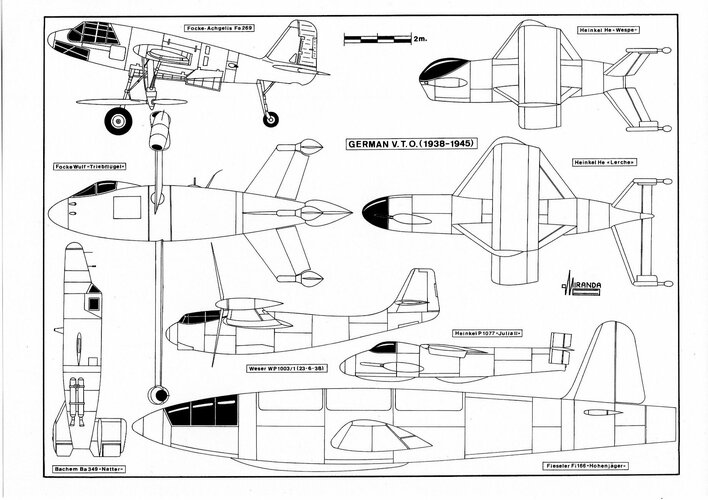 9000.jpg312.9 KB · Views: 47
9000.jpg312.9 KB · Views: 47 -
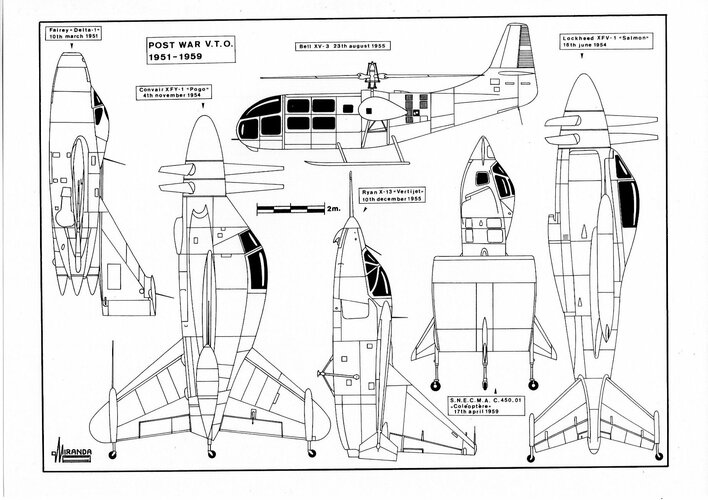 10000.jpg340.1 KB · Views: 47
10000.jpg340.1 KB · Views: 47 -
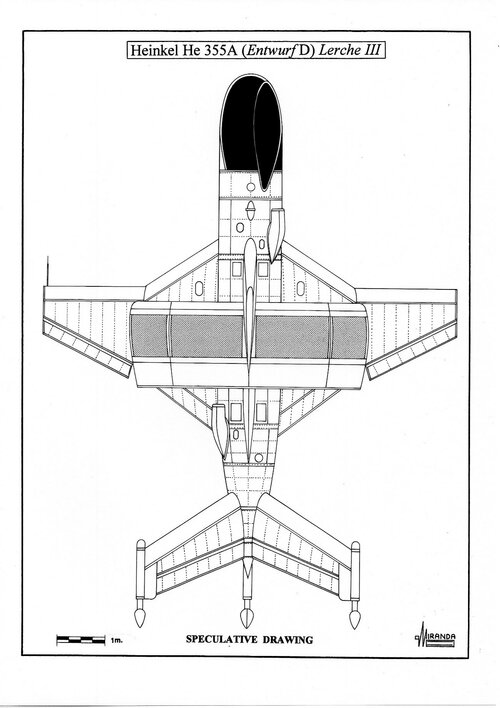 12000.jpg304.9 KB · Views: 47
12000.jpg304.9 KB · Views: 47 -
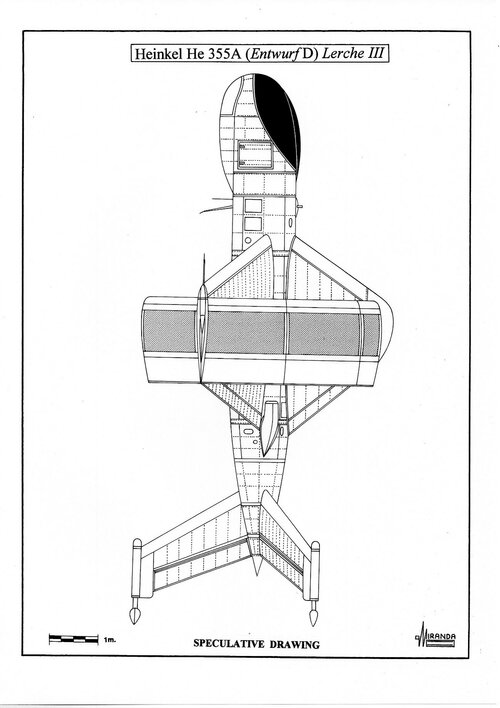 13000.jpg284.1 KB · Views: 42
13000.jpg284.1 KB · Views: 42 -
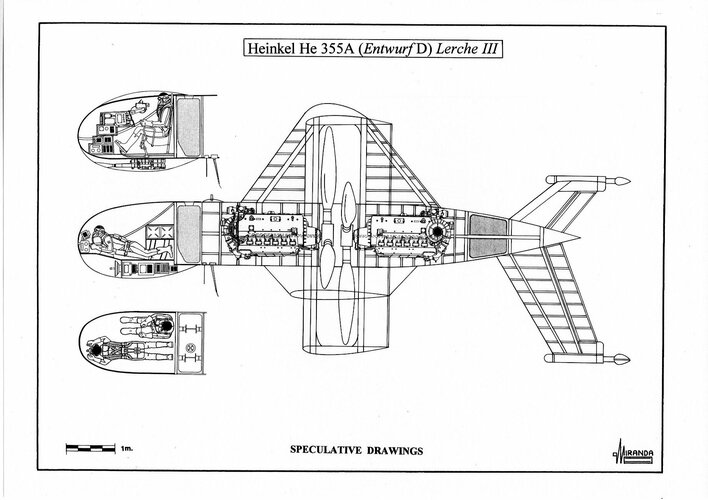 14000.jpg277.3 KB · Views: 37
14000.jpg277.3 KB · Views: 37 -
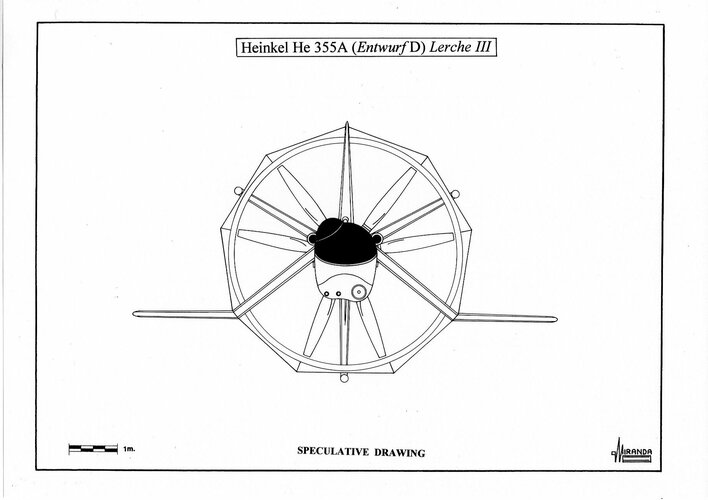 15000.jpg170.9 KB · Views: 39
15000.jpg170.9 KB · Views: 39 -
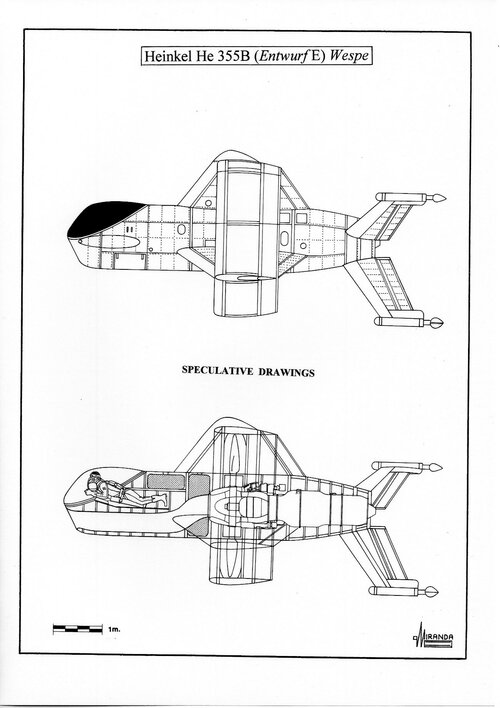 16000.jpg339 KB · Views: 39
16000.jpg339 KB · Views: 39 -
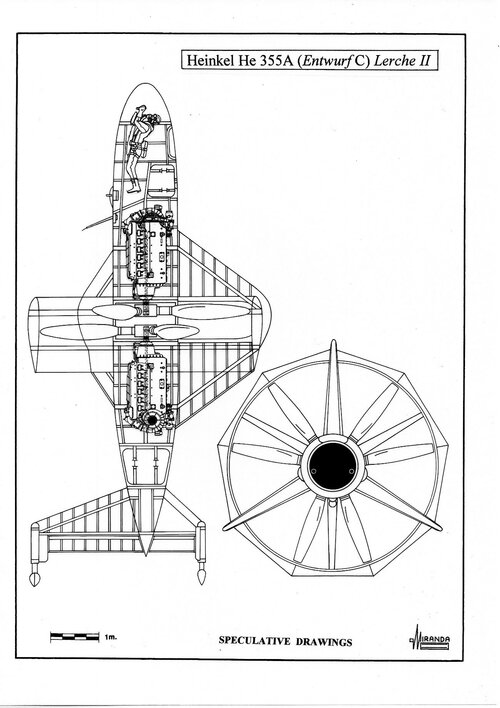 17000.jpg337.5 KB · Views: 39
17000.jpg337.5 KB · Views: 39 -
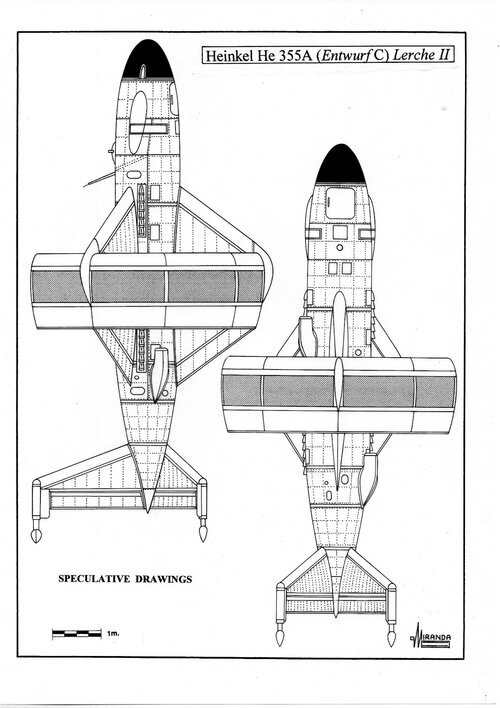 18000.jpg403.9 KB · Views: 34
18000.jpg403.9 KB · Views: 34 -
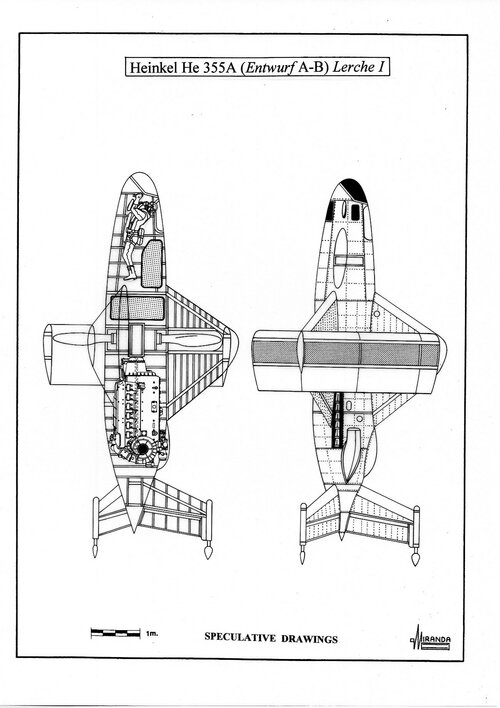 19000.jpg333.4 KB · Views: 35
19000.jpg333.4 KB · Views: 35 -
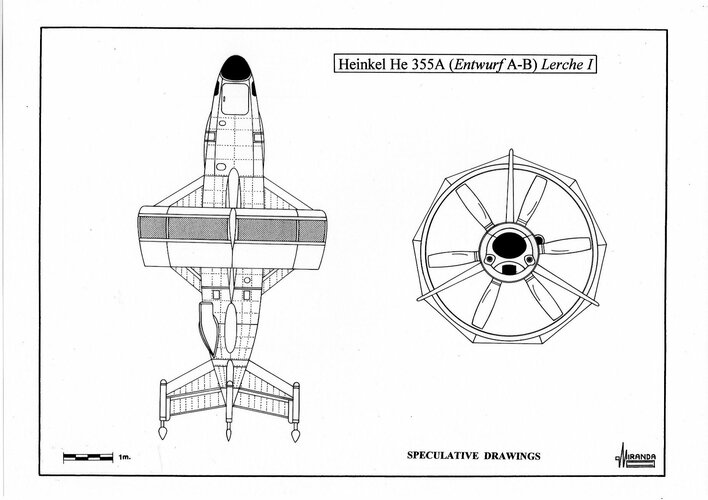 20000.jpg224.2 KB · Views: 42
20000.jpg224.2 KB · Views: 42
Scott Kenny
ACCESS: Above Top Secret
- Joined
- 15 May 2023
- Messages
- 6,016
- Reaction score
- 4,887
The hard parts about a Tailsitter are landing and the transition to horizontal flight.
- Joined
- 11 March 2012
- Messages
- 3,016
- Reaction score
- 2,698
There was also a Russian tail-sitter proposal. It looked like a MiG 25 fuselage with cropped wings. X-style tail fins supported out-rigger wheels. Tony Butler mentioned it in his book on Soviet Secret Projects.
You mean "Шквал"?There was also a Russian tail-sitter proposal. It looked like a MiG 25 fuselage with cropped wings. X-style tail fins supported out-rigger wheels. Tony Butler mentioned it in his book on Soviet Secret Projects.
On January 8, 1941, an engineer of the Bell Aircraft Corporation named Arthur Young applied for a patent of a tail sitter VTOL airplane. It was propelled by one radial engine located behind the pilot driving two big contra-rotating propellers by means a geared drive shaft.There was also a Russian tail-sitter proposal. It looked like a MiG 25 fuselage with cropped wings. X-style tail fins supported out-rigger wheels. Tony Butler mentioned it in his book on Soviet Secret Projects.
It was a clever application of the technology developed by Bell in 1937 to propel the P-39 fighter.
For security reasons the patent Nº 2382460 was not published until August 14, 1945.
In 1946 the Juriev OKB bureau of design developed the Juriev KIT-1, a VTOL point defence interceptor based on the propulsion system of the Bell P-39 Airacobra.
The novelty, compared with the Young design, consisted of the usage of two propellers with different diameter.
The forward two bladed metallic propeller, with 4.28 m of diameter, was used for propulsion purposes only, the rear one, with 9.28 m of diameter, had a light structure partially covered by fabric and was used to balance the rotation of the other during take-off and landing.
The stability in vertical flight was achieved by the wing and tail control surfaces.
In horizontal flight, the rotor was disconnected from the drive shaft and blocked in parallel to the wing, with zero-degree pitch, acting as a canard plane.
Bibliography: Soviet magazine Technika-Molodiozhi, 1983.
Juriev KIT-1 Technical data
Power plant: one 1,100 hp. Klimov VK-108 liquid cooled piston engine, wingspan: 30 ft. (9.12 m), length: 25.8 m (7.89 m), wing surface: 300 sq. ft. (27 sq. m), armament: two wing mounted 20 mm ShWAK cannons or four 12.7 mm Beresin BS heavy machine guns.
During the fifties, in the event of a major war breaking out, both sides were expected to use tactical nuclear weapons to disable the enemy's air bases.
Aircraft designers engaged in programmes to develop vertical take-off and vertical landing airplanes, able to survive the first wave of nuclear attacks by deploying to dispersal locations.
The French developed the SNECMA C.450 Coléoptere, the North Americans the Convair XFY Pogo, the Lockheed XFV Salmon and the Ryan X-13 Vertijet. All these models were of the tail sitter type and were powered by turbojets or turboprops.
On the contrary, the Soviets did not need to develop a successor to the KIT-1 because their strategy in case of war was to use their numerical superiority.
However, in February 1953, Air Force magazine published the article "Vertical Take-off: Russia's Answer to the Global Bomber?”
According to author Charles W. Cain, the Soviet chief of staff thought that the MiG-15 climb rate was not enough to intercept the B-36 bombers. But with the use of a VTOL rocket fighter, of the German Bachem Natter class, the interception time could be reduced to just two minutes.
Air Force magazine also published two illustrations of the “CZ-2B” VTOL jet fighter, designed in 1947 at the Polish Technical Institute by the engineers Zarankiewicz and Wojciechowski, under the leadership of the Russian Dr. J.V. Stepanchev.
The CZ-2B was a tail sitter with delta wing, dorsal/ventral air-intakes and three tailfins with shock-absorbers bumpers.
In 1947 the only Soviet turbojet powerful enough to power a VTOL fighter was the Lyulka TR-2 with 2,500 kg thrust and the CZ-2B had to be designed with a maximum take-off weight of just 4,415 lb. (2,000 kg), 42 ft. (12.8 m) wingspan, 54.2 ft. (16.5 m) length, 21.7 ft. (6.6 m) height and 450 sq. ft. (40.5 sq. m.) wings surface.
They are not believable figures, by comparison the Western designs that had been built using more advanced technologies weighed much more: The SNECMA C.450 Coléoptere weighed 6,614 lb. (3,000 kg), the Convair XFY Pogo 16,250 lb. (7,371 kg), the Lockheed XFV Salmon 16,221 lb. (7,358 kg) and the Ryan X-13 Vertijet 7,200 lb. (3,272 kg).
The project would only have worked using two TR-2 turbojets.
The CZ-2B was expected to use two ribbon parachutes housed in the nose to perform vertical landings. It seems like an idea taken from the 1950 movie "Destination Moon" something that detracts from the credibility of the Air Force article.
The version published in 1955 in the color cover of CIELO magazine had several retro-rockets on the back of the fuselage, possibly to facilitate the landing.
In June 1955 LIFE published three new illustrations in which the plane lacked air intakes, probably the cartoonist McCoy thought it was a rocket spaceship.
According to the magazine the new fighter was already in mass production and it had been sighted in Korea by F-86 pilots.
In September 1957 Air Pictorial published: “A vertical take-off and landing turbojet-powered aircraft similar to the Ryan X-13 has been tested, and reports state that it has excellent low speed handling characteristics and a very high rate of climb.”
In April 1955 the Soviet CPSU Central Committee ordered the development of a “zero-length” launch system for the MiG-19S interceptor.
On April 13, 1957 the prototype MiG-19 SM-30 was launched at 4.5 g from a Pu-30 ramp powered by one PRD-22 rocket booster with 40,000 kg/sec peak thrust.
In the operational version it was planned to use tail hooks and braking parachutes to land on very short runways.
The North American A-5 Vigilante was a carrier-based supersonic bomber designed in 1956.
When the new aircraft entered service with the US Navy in 1961, the Soviets decided to use the technology of their rectangular air intakes with variable ramp engine inlets in the design of the MiG-25 Foxbat fighter.
In 1963 Sukhoi OKB proposed to the Ministry of Aircraft Engineering the construction of the Shkval, a twin-engine canard tail sitter, designed with structural solutions of the MiG-25, a concept similar to the British project Avro 724.
The new VTOL fighter lacked wings and was equipped with four tailfins and landing pods mounted in “X” configuration.
Until 1960 the Soviets did not have turbojets with enough power to power a VTOL fighter.
The MiG-25 used two axial-flow Tumansky R-25 turbojets, with 22,503 lbs. (10,200 kg) thrust each, but weighed 80,954 lb. (36,720 kg) because it was built in an 80 per cent nickel-steel alloy, with 11 per cent Aluminum and 9 per cent Titanium.
The Soviets could not duplicate the construction technology of the Vigilante, made of Aluminum-Lithium alloy and Titanium.
In 1963 it was not considered possible to build a VTOL version of the Foxbat that weighed less than 30 tons and the maximum thrust that could be obtained with the most advanced versions of the R-25 turbojet was 24,700 lbs. (11,189 kg) using afterburner.
It was expected that the Shkval would have to withstand 9G loads during combat and its structure should be reinforced to withstand impacts upon landing, it would have been necessary to further increase its structural weight.
In August 1963 the Shkval project was cancelled in favor of the new SAM missiles.
In 2013, Yefim Gordon's book "Unflown Wings" (Classic Publications) was published with a drawing of the CZ-2B and the caption: “A provisional drawing of the Tsybin Tsy-1 tailsitter VTOL interceptor”.
Attachments
- Joined
- 27 September 2006
- Messages
- 5,744
- Reaction score
- 5,637
If you like tailsitters you will love this old thread
and more Joie de Vivre here
and more Joie de Vivre here
Last edited:
Actually, I have one question that I asked earlier, but never got an answer (apparently, this is not a very relevant or correct question). But I got quite a lot of interesting information that I didn't even know about (for example, about some projects of the USSR)If you like tailsitters you will love this old thread
and more Joie de Vivre here
Was the Delta-1 developed as a Tailsitter?On January 8, 1941, an engineer of the Bell Aircraft Corporation named Arthur Young applied for a patent of a tail sitter VTOL airplane. It was propelled by one radial engine located behind the pilot driving two big contra-rotating propellers by means a geared drive shaft.
It was a clever application of the technology developed by Bell in 1937 to propel the P-39 fighter.
For security reasons the patent Nº 2382460 was not published until August 14, 1945.
In 1946 the Juriev OKB bureau of design developed the Juriev KIT-1, a VTOL point defence interceptor based on the propulsion system of the Bell P-39 Airacobra.
The novelty, compared with the Young design, consisted of the usage of two propellers with different diameter.
The forward two bladed metallic propeller, with 4.28 m of diameter, was used for propulsion purposes only, the rear one, with 9.28 m of diameter, had a light structure partially covered by fabric and was used to balance the rotation of the other during take-off and landing.
The stability in vertical flight was achieved by the wing and tail control surfaces.
In horizontal flight, the rotor was disconnected from the drive shaft and blocked in parallel to the wing, with zero-degree pitch, acting as a canard plane.
Bibliography: Soviet magazine Technika-Molodiozhi, 1983.
Juriev KIT-1 Technical data
Power plant: one 1,100 hp. Klimov VK-108 liquid cooled piston engine, wingspan: 30 ft. (9.12 m), length: 25.8 m (7.89 m), wing surface: 300 sq. ft. (27 sq. m), armament: two wing mounted 20 mm ShWAK cannons or four 12.7 mm Beresin BS heavy machine guns.
During the fifties, in the event of a major war breaking out, both sides were expected to use tactical nuclear weapons to disable the enemy's air bases.
Aircraft designers engaged in programmes to develop vertical take-off and vertical landing airplanes, able to survive the first wave of nuclear attacks by deploying to dispersal locations.
The French developed the SNECMA C.450 Coléoptere, the North Americans the Convair XFY Pogo, the Lockheed XFV Salmon and the Ryan X-13 Vertijet. All these models were of the tail sitter type and were powered by turbojets or turboprops.
On the contrary, the Soviets did not need to develop a successor to the KIT-1 because their strategy in case of war was to use their numerical superiority.
However, in February 1953, Air Force magazine published the article "Vertical Take-off: Russia's Answer to the Global Bomber?”
According to author Charles W. Cain, the Soviet chief of staff thought that the MiG-15 climb rate was not enough to intercept the B-36 bombers. But with the use of a VTOL rocket fighter, of the German Bachem Natter class, the interception time could be reduced to just two minutes.
Air Force magazine also published two illustrations of the “CZ-2B” VTOL jet fighter, designed in 1947 at the Polish Technical Institute by the engineers Zarankiewicz and Wojciechowski, under the leadership of the Russian Dr. J.V. Stepanchev.
The CZ-2B was a tail sitter with delta wing, dorsal/ventral air-intakes and three tailfins with shock-absorbers bumpers.
In 1947 the only Soviet turbojet powerful enough to power a VTOL fighter was the Lyulka TR-2 with 2,500 kg thrust and the CZ-2B had to be designed with a maximum take-off weight of just 4,415 lb. (2,000 kg), 42 ft. (12.8 m) wingspan, 54.2 ft. (16.5 m) length, 21.7 ft. (6.6 m) height and 450 sq. ft. (40.5 sq. m.) wings surface.
They are not believable figures, by comparison the Western designs that had been built using more advanced technologies weighed much more: The SNECMA C.450 Coléoptere weighed 6,614 lb. (3,000 kg), the Convair XFY Pogo 16,250 lb. (7,371 kg), the Lockheed XFV Salmon 16,221 lb. (7,358 kg) and the Ryan X-13 Vertijet 7,200 lb. (3,272 kg).
The project would only have worked using two TR-2 turbojets.
The CZ-2B was expected to use two ribbon parachutes housed in the nose to perform vertical landings. It seems like an idea taken from the 1950 movie "Destination Moon" something that detracts from the credibility of the Air Force article.
The version published in 1955 in the color cover of CIELO magazine had several retro-rockets on the back of the fuselage, possibly to facilitate the landing.
In June 1955 LIFE published three new illustrations in which the plane lacked air intakes, probably the cartoonist McCoy thought it was a rocket spaceship.
According to the magazine the new fighter was already in mass production and it had been sighted in Korea by F-86 pilots.
In September 1957 Air Pictorial published: “A vertical take-off and landing turbojet-powered aircraft similar to the Ryan X-13 has been tested, and reports state that it has excellent low speed handling characteristics and a very high rate of climb.”
In April 1955 the Soviet CPSU Central Committee ordered the development of a “zero-length” launch system for the MiG-19S interceptor.
On April 13, 1957 the prototype MiG-19 SM-30 was launched at 4.5 g from a Pu-30 ramp powered by one PRD-22 rocket booster with 40,000 kg/sec peak thrust.
In the operational version it was planned to use tail hooks and braking parachutes to land on very short runways.
The North American A-5 Vigilante was a carrier-based supersonic bomber designed in 1956.
When the new aircraft entered service with the US Navy in 1961, the Soviets decided to use the technology of their rectangular air intakes with variable ramp engine inlets in the design of the MiG-25 Foxbat fighter.
In 1963 Sukhoi OKB proposed to the Ministry of Aircraft Engineering the construction of the Shkval, a twin-engine canard tail sitter, designed with structural solutions of the MiG-25, a concept similar to the British project Avro 724.
The new VTOL fighter lacked wings and was equipped with four tailfins and landing pods mounted in “X” configuration.
Until 1960 the Soviets did not have turbojets with enough power to power a VTOL fighter.
The MiG-25 used two axial-flow Tumansky R-25 turbojets, with 22,503 lbs. (10,200 kg) thrust each, but weighed 80,954 lb. (36,720 kg) because it was built in an 80 per cent nickel-steel alloy, with 11 per cent Aluminum and 9 per cent Titanium.
The Soviets could not duplicate the construction technology of the Vigilante, made of Aluminum-Lithium alloy and Titanium.
In 1963 it was not considered possible to build a VTOL version of the Foxbat that weighed less than 30 tons and the maximum thrust that could be obtained with the most advanced versions of the R-25 turbojet was 24,700 lbs. (11,189 kg) using afterburner.
It was expected that the Shkval would have to withstand 9G loads during combat and its structure should be reinforced to withstand impacts upon landing, it would have been necessary to further increase its structural weight.
In August 1963 the Shkval project was cancelled in favor of the new SAM missiles.
In 2013, Yefim Gordon's book "Unflown Wings" (Classic Publications) was published with a drawing of the CZ-2B and the caption: “A provisional drawing of the Tsybin Tsy-1 tailsitter VTOL interceptor”.
You're referring to the Fairey Delta-1???Was the Delta-1 developed as a Tailsitter?
It was an experimental Vertical Take -Off airplane but had to land conventionally.
Attachments
- Joined
- 19 October 2012
- Messages
- 1,917
- Reaction score
- 1,766
Not entirely correct. An experimental programme undertaken by Fairey and the RAE first assessed rocket-powered models launching vertically or at high angle (see TsrJoe's post #29) - with limited success. The manned FD1 was jet powered and was to have had four booster rockets for vertical take-off. For initial conventional flight tests it was to bit fitted with a rudimentary undercarriage that would be jettisoned after take-off and then land on skids. However Ministry policy changed and ideas for vertical take-off fighters were dropped. Two of the three FD1 prototypes were cancelled and the single remaining aircraft modified and redefined for research into trans-sonic delta wings.You're referring to the Fairey Delta-1???
It was an experimental Vertical Take -Off airplane but had to land conventionally.
Honestly, I didn't know.You're referring to the Fairey Delta-1???
It was an experimental Vertical Take -Off airplane but had to land conventionally.
Aeroweanie
ACCESS: Confidential
- Joined
- 1 May 2020
- Messages
- 61
- Reaction score
- 153
Scott Kenny
ACCESS: Above Top Secret
- Joined
- 15 May 2023
- Messages
- 6,016
- Reaction score
- 4,887
Like the second design visually a lot more than the first design.Another two were the Northrop Grumman Tern and the competing AeroVironment design. NGC won the contract, the it ended up getting cancelled. View attachment 716244
View attachment 716245
I'm still surprised nobody used the XF5U "flying flapjack" planform. It was written for the same rough specifications! Give me two H-6 rotor heads to use as the proprotors and one T700 engine.
- Joined
- 25 June 2009
- Messages
- 13,787
- Reaction score
- 3,094
Leaving out all the later jet proposals, I can think of at least four prop engine VTO projects that existed in the U.S. that haven't been covered here:
- There was a convoy fighter project for the USAAC, with Curtiss-Wright as contractor under project designation MX-43 (date unknown but should be circa 1939-40).
- There is a Curtiss-Wright P-295, described as a "Twin Turbine, Vertical Climbing Fighter". However it can't be the same as above since it is dated 23/04/1944. It hasn't been listed previously in the contenders to the Navy's Outline Specification OS-122, and since C-W had already worked on MX-43 for the USAAC, I wonder if it could have been for a USAAF program.
- There is an unknown fighter in model form that is contemporary to the OS-122 contenders. It sports the word "USAF" on its wings, which indicates not only who it was proposed to, but also the fact that the tender took place in 1948 at least. Though not strictly VTO, it was certainly very STOL and used the infamous Allison XT40 turbine with contra-rotating propellers like the Pogo, which makes it a contemporary of the Navy proposal.
- Bell studied a tail-sitter and filed for a patent on 8 January 1941, granted on 14 August 1945 (U.S. 2,382,460). Arthur Young, who was in charge of all helicopter programs at Bell, was the chief engineer on that project, and the patent is in his name. I suspect this must have been the project listed as the Model 50 Convert-O-Plane, a "VTOL jet convertible helicopter" of 1945, but this needs confirmation.
Attachments
Rhinocrates
ACCESS: Top Secret
- Joined
- 26 September 2006
- Messages
- 2,115
- Reaction score
- 4,513
Renders by Jozef Gatial.There was also a Russian tail-sitter proposal. It looked like a MiG 25 fuselage with cropped wings. X-style tail fins supported out-rigger wheels. Tony Butler mentioned it in his book on Soviet Secret Projects.
Attachments
Similar threads
-
A question about the cockpit of the Goodyear GA-28A/B
- Started by Tim52413
- Replies: 0
-
New book on the Goodyear GA-28A/B Convoy Fighter!
- Started by jzichek
- Replies: 16
-
-
-
Northrop N-63 Convoy Fighter: Naval VTOL Turboprop Tailsitter Project of 1950
- Started by jzichek
- Replies: 11

